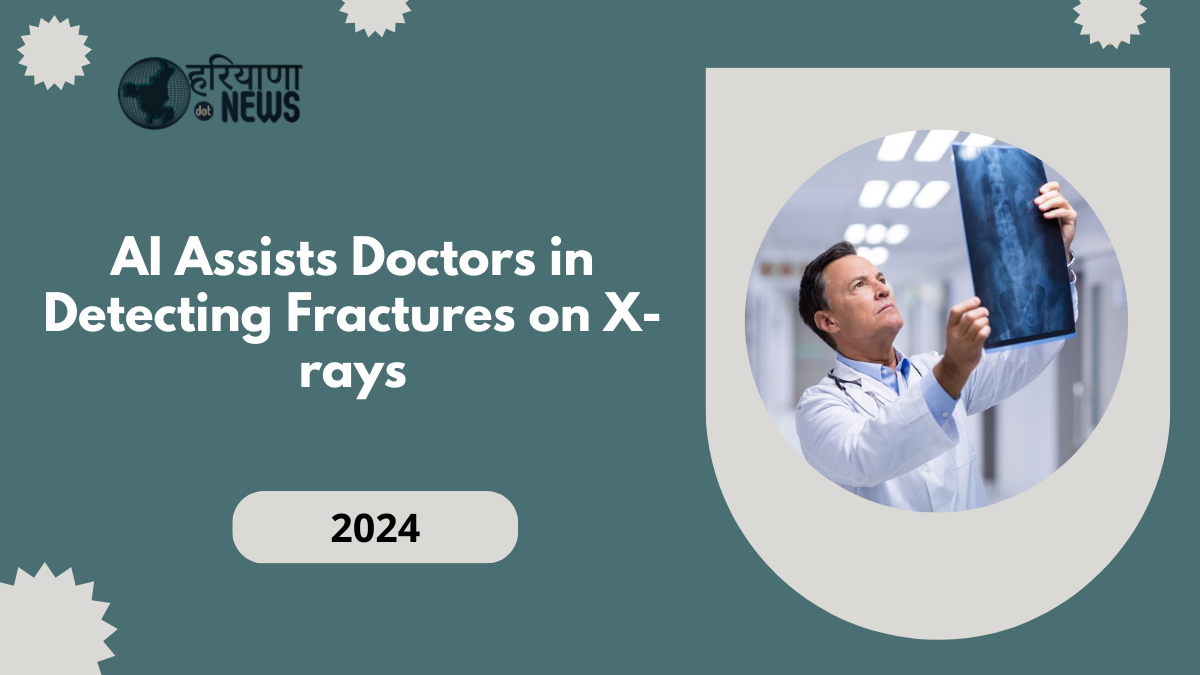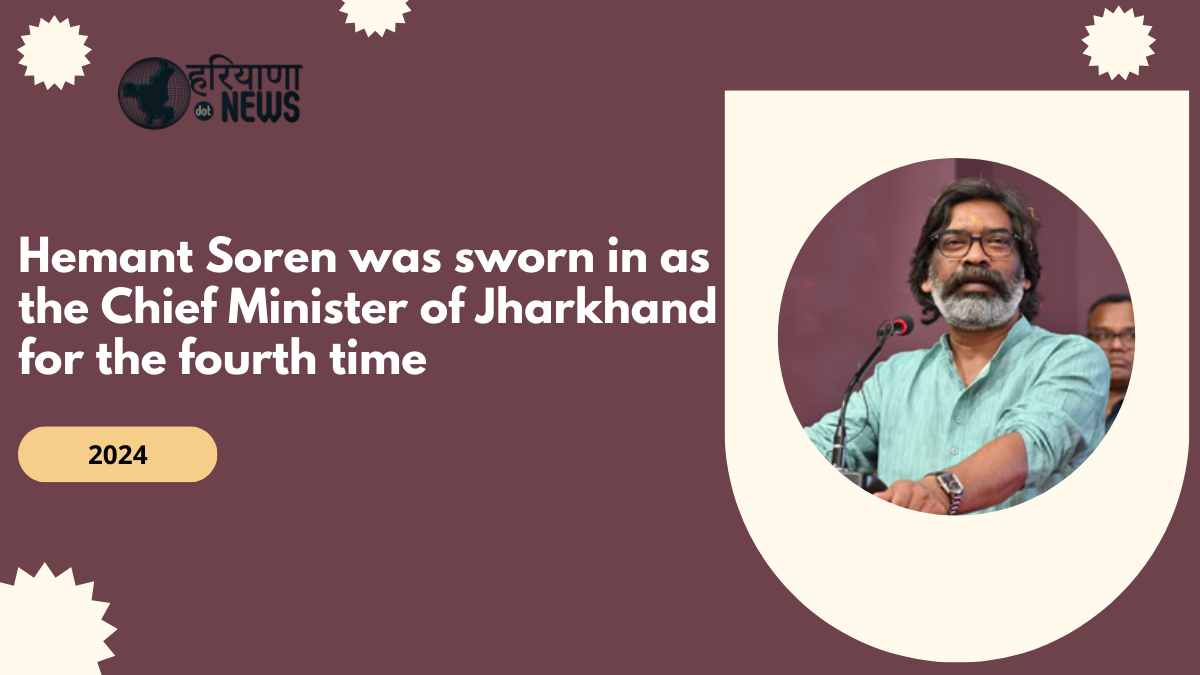According to the National Institute for Health and Care Excellence (NICE), artificial intelligence (AI) holds promise for reducing the number of missed fractures when doctors examine X-rays. This organization highlights that AI technology appears safe and can accelerate diagnosis, easing the burden on medical professionals and potentially cutting down on the need for follow-up appointments.
NICE is recommending four AI systems for use in urgent care facilities across England while ongoing research continues to explore the full benefits of this technology. However, AI will not operate independently—a healthcare professional will still review each X-ray to ensure accuracy.
Diagnostic Errors in Fracture Detection
NICE reports that between 3% to 10% of broken bones are overlooked in emergency departments, making this a standard diagnostic error. Medical professionals, such as radiologists and radiographers, who perform and interpret countless X-ray images daily within the National Health Service (NHS), are facing overwhelming workloads. This is compounded by staffing shortages, with vacancy rates for radiologists at 12.5% and for radiographers at 15%, according to the NHS long-term plan for England.
Given these challenges, NICE suggests that integrating AI into the diagnostic process could significantly ease the burden on clinicians and improve patient outcomes by catching fractures that might otherwise go unnoticed.
AI as a Supporting Tool for Clinicians
Mark Chapman, the Director of Health Technology at NICE, expressed optimism about AI’s potential to assist healthcare professionals in their roles. According to him, these AI tools are not only safe to use but could also identify fractures that human eyes might miss, especially given the high demands placed on radiologists and other specialists.
Chapman added that AI might also expedite the diagnostic process, reducing the likelihood of fractures being overlooked during the initial evaluation. This, in turn, could lessen the need for follow-up appointments, where missed fractures are often discovered.
Ensuring Accuracy with Human Oversight
Despite AI’s advantages, NICE emphasized that it is unlikely to increase the risk of incorrect diagnoses or lead to unnecessary referrals to fracture clinics. This is because radiologists will still be responsible for reviewing the X-ray images, ensuring that human expertise remains integral to the process. The combination of AI and human oversight, NICE believes, is an improvement over relying solely on clinicians to analyze images independently.
 Discovering the Ultimate Benefits of Amla Oil for the Best Haircare Experience
Discovering the Ultimate Benefits of Amla Oil for the Best Haircare Experience
 Breast Cancer: Key Early Symptoms Women in Their 20s, 30s, and 40s Should Not Overlook
Breast Cancer: Key Early Symptoms Women in Their 20s, 30s, and 40s Should Not Overlook
 A 30-Minute Bodyweight Workout That Requires No Equipment: Are You Up for the Challenge?
A 30-Minute Bodyweight Workout That Requires No Equipment: Are You Up for the Challenge?
 50% of Delhi Government Employees to Work from Home Amid Alarming Air Pollution Levels, Announces Gopal Rai
50% of Delhi Government Employees to Work from Home Amid Alarming Air Pollution Levels, Announces Gopal Rai
 Vitamin D Supplements May Help Lower Blood Pressure in Older Adults with Obesity
Vitamin D Supplements May Help Lower Blood Pressure in Older Adults with Obesity





The Expanding Role of AI in Healthcare
The potential applications of AI in healthcare are vast. In addition to helping spot fractures, AI is already being utilized in other areas of medicine. For instance, it is being employed to detect the earliest signs of breast cancer in mammograms, assess individuals’ risk of heart attacks, and even forecast future pandemics.
AI’s ability to quickly and accurately analyze large volumes of data makes it a valuable tool in enhancing medical diagnostics. By complementing the expertise of healthcare professionals, AI can help address staffing shortages, reduce diagnostic errors, and ultimately improve patient care.
Conclusion
The integration of AI in the medical field, particularly in radiology, can significantly enhance the detection of fractures on X-rays. While AI technology is still in its early stages of adoption in urgent care settings, its ability to support healthcare professionals and improve diagnostic accuracy is evident. As more evidence is gathered, AI will likely continue to expand, offering a promising solution to many of the challenges faced by the healthcare sector today.
With the shortage of radiologists and the growing demands on emergency departments, AI could provide much-needed assistance to ensure fewer fractures are missed, resulting in better patient outcomes and more efficient medical resources.
Click here to know more.






